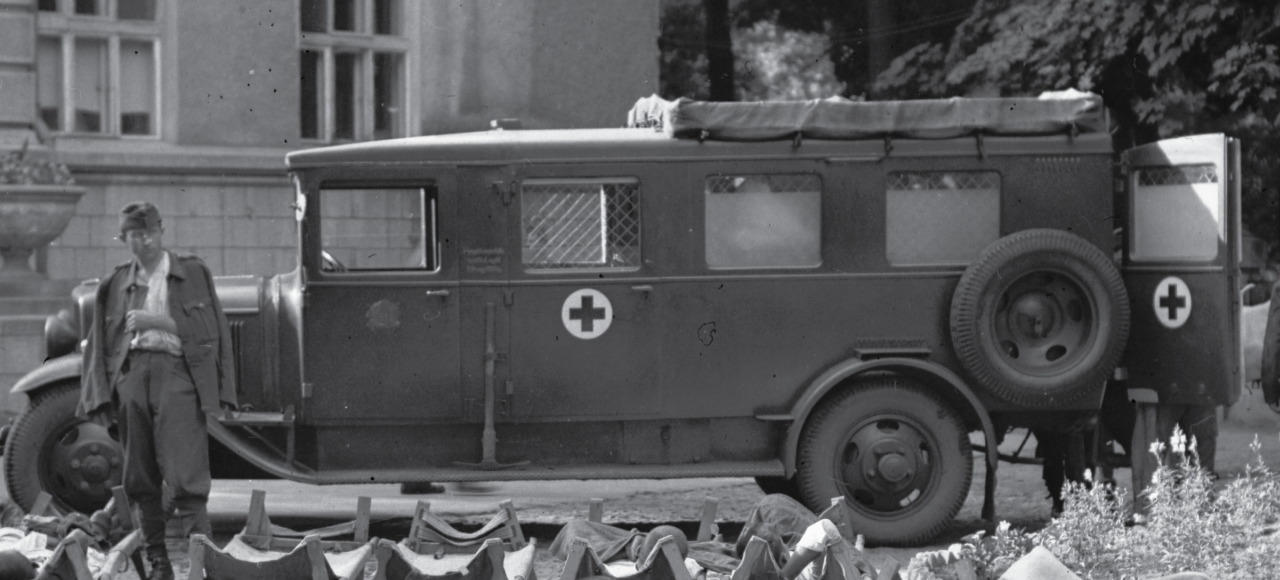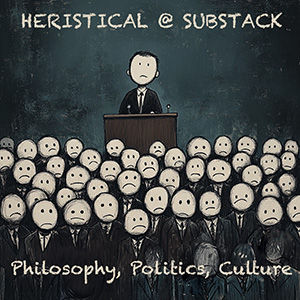
Nobody wants to be the Grinch who stole sixteen days of activism against “gender-based violence”, which is understood as violence against women and girls – typically by men. While I am no Grinch, I am willing to be a gadfly who questions the exclusionary feature of this annual campaign, which lasts from 25 November (International Day Against Violence Against Women) until 10 December (International Human Rights Day). Connecting the days at each end of this period of activism is intended to emphasize that violence against women and girls is a violation of human rights.
Women and girls are indeed the victims of an appalling amount of violence, which is why stealing sixteen days of activism would be wrong. However, instead of theft, how about pro-social sharing? After all, violence is a widespread problem and its victims are not exclusively women and female children.
It is true, at least outside of prisons, that females constitute the vast majority of victims of sexual violence. Women are also the victims of much non-sexual physical violence. However, in this latter category they are far from the majority of victims. Most victims of non-sexual violence are male.
This last claim may be hard to accept, given how entrenched in popular wisdom is the idea that females are the primary victims of violence. However, the facts are clear. For example, between 2002 and 2011 in the United States, the rate at which males were victims of homicide was 3.6 times higher than that of females. Nor is this phenomenon restricted to the United States. The 2013 Global Study on Homicide found that found that 79% of victims were male. Males are also the majority of victims of attempted homicide. For instance, the Australian Bureau of Statistics reports that in 2013 males constituted 63% of all victims of attempted homicide in that country. Males also predominate as the victims of (non-sexual) aggravated assault. According to the US National Crime Victimization Survey, 58.6% of such victims in the period 2010-2014 were male. In the same period, 59.3% of victims of robberies were male (where “robbery” refers to personal rather than household victimization).
Moreover, in conflict situations, even among non-combatants, men are often more likely to be killed. This was true, for example, during the Belgian “rubber terror” in the Congo, during the Apartheid years in South Africa, and during the Kosovo conflict of 1988-1989.
Not all violence against males is illegal. There are still jurisdictions in which corporal punishment of males is practiced, even though it is illegal to inflict it on females. Even where females are not legally immune, males are generally subjected to more severe and degrading forms of such punishment.
None of this is to deny the distinctive patterns of violence to which each sex is more likely to be subjected. Women, for example, are more likely to die at the hands of intimate partners and family members, while males are more likely to be killed by strangers.
What we should deny is that violence against men and boys is less worthy of our concern than is violence against women and girls. Why, then, not have sixteen days of activism against (all) violence rather than sixteen days of activism only against violence against women? Surely the morally consistent position is to be equally concerned about all victims of violence – or at least of all innocent victims.
A number of reasons might be proffered for an exclusive focus on females. First, it might be suggested that part of the reason that males are more commonly the victims of non-sexual violence is that males are more likely to participate in cultures of violence, such as gangs, and that makes them more prone to being victims. Thus, it might be suggested that those who live by the sword merit less concern when they die (or are wounded) by the sword. One reason to reject this argument is that while it explains some of the differential in the number of male and female victims of non-sexual violence, it explains only some of it. There are many innocent men who are victims of violence. In any event, ending cultures of violence is to society’s general benefit, not only to the benefit of those participating males who would otherwise be its victims.
Another argument for retaining the exclusive focus on female victims is that the majority of perpetrators of violence are male. However, it is hard to see why we should be less concerned about innocent male victims of violence merely because the perpetrators are of the same sex. We would not – and should not – be less concerned about so-called “black on black violence” merely because the victims and perpetrators are of the same “race”. Similarly, we should not be less concerned about “male on male violence” on the grounds that the victims are of the same sex as their assailants.
Broadening the focus and opposing violence against all humans is thus the right thing to do. It is one logical implication of the underlying moral concern. (Opposing violence against non-human animals is another such implication. However, persuading people of that would take a longer argument, unfortunately.)
In addition to the principled reasons, there are also strategic ones for opposing all violence rather than opposing only “gender-based violence”. Violent behaviour does not adhere to neat boundaries. Those who are violent against males may also be violent towards their girlfriends, wives and daughters. Those – including women – who are violent towards male children, may foster violence in the men those children grow up to be. A more holistic approach to opposing violence is more likely to be effective even if one were only concerned about females.
Moreover, those who oppose gender-based violence often want to enlist the support of men. They want those who are violent towards women to desist from such behaviour. They also want those men who are not the perpetrators of gender-based violence to discourage other men from committing such violence. Men, especially in the latter category might be more persuaded if they saw a more general commitment to end violence rather than a complete indifference to the sorts of violence that they are at a much greater risk of suffering.
Ending violence against women and girls is indeed a human rights issue, but so is ending violence against men and boys, who, after all, are human too.
David Benatar is a professor of philosophy and head of the Department of Philosophy at the University of Cape Town.

